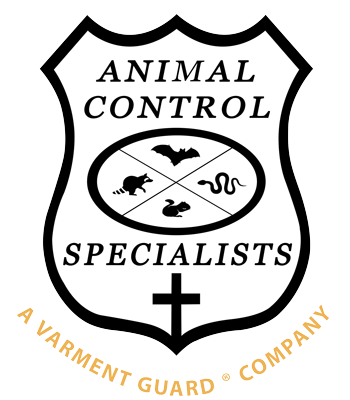A Rodent Identification Guide is an essential tool for homeowners and pest control professionals alike. With over 2,200 species of rodents worldwide, it can be challenging to identify the specific type of rodent invading your space. This guide provides detailed information on the physical characteristics, behavior, and habitats of various rodents, enabling readers to accurately identify the culprit. From the common house mouse to the notorious Norway rat, this guide covers it all. It includes vivid images and descriptions that highlight the distinct features of each species, such as size, color, and unique markings. By using this guide, individuals can quickly determine which rodent they are dealing with, allowing them to implement appropriate control measures and prevent further infestations.
Rodent Identification Guide
The Importance of Rodent Identification
As a professional wildlife control operator, proper rodent identification is crucial to effectively address and resolve any rodent infestation. Different rodent species have unique behaviors, nesting habits, and food preferences, making accurate identification essential for implementing appropriate control measures.
Common Rodent Species
There are several common rodent species that can invade residential and commercial properties. Familiarizing yourself with their characteristics will enable you to identify the specific type of rodent you are dealing with:
1. House Mouse (Mus musculus)
The house mouse is a small rodent with a pointed snout, large ears, and a long, scaly tail. Typically gray or brown in color, they have a slender body and can fit through incredibly small openings. House mice are highly adaptable and can thrive in various environments, including buildings, farms, and gardens.
2. Norway Rat (Rattus norvegicus)
The Norway rat, also known as the brown rat, is a larger rodent with a heavy body, blunt snout, small ears, and a shorter tail compared to its body length. They are usually brown or gray in color and prefer to live in underground burrows near water sources. Norway rats are excellent climbers and can also infest buildings.
3. Roof Rat (Rattus rattus)
Roof rats, also called black rats, are similar in appearance to Norway rats but have a more slender body, larger ears, and a longer tail that is longer than their head and body combined. They are typically black or dark brown in color. Roof rats are agile climbers and prefer to nest in trees, attics, and upper levels of buildings.
4. Deer Mouse (Peromyscus maniculatus)
Deer mice are medium-sized rodents with a pointed snout, large eyes, and long, bi-colored tails. They come in various colors, including gray, brown, and reddish-brown, with white undersides. Deer mice are mainly found in rural areas and can carry hantavirus, making proper identification and control important for human health.
5. Voles (Microtus spp.)
Voles, often referred to as meadow mice or field mice, are small rodents with a compact, stocky body and short legs. They have a blunt snout and small ears that are partially hidden in their fur. Voles can be brown, gray, or black in color and are commonly found in grassy areas, gardens, and fields.
Identifying Rodent Signs
Apart from visual identification, recognizing signs of rodent activity can help confirm the presence of these pests. Look for the following indicators:
1. Droppings
Rodent droppings are a common sign of infestation. Mouse droppings are small, resembling rice grains, while rat droppings are larger and capsule-shaped. The size and shape of droppings can aid in determining the type of rodent present.
2. Gnaw Marks
Rodents have continuously growing incisors, leading them to gnaw on various objects to control tooth length. Look for gnaw marks on wood, plastic, wires, and other materials as evidence of rodent activity.
3. Tracks and Runways
Inspecting dusty or muddy areas for footprints and runways can help identify the type of rodent present. House mouse tracks are smaller and slender compared to the larger tracks left by rats.
4. Nests
Rodents create nests using shredded materials such as paper, fabric, and vegetation. Their nests are usually hidden in secluded areas like attics, wall voids, or burrows. Identifying the construction and location of nests can assist in identifying the rodent species.
Conclusion
Proper identification of rodents is essential for effective rodent control. Understanding the characteristics, behaviors, and signs of different rodent species allows wildlife control operators to implement appropriate measures to eliminate infestations and prevent future occurrences. By considering the various factors mentioned in this rodent identification guide, you can better protect properties and ensure the well-being of your clients.
Contact For Wildlife Control Help
If you are in need of reliable and efficient animal removal services, look no further than Animal Control Specialists, LLC. Our team of skilled professionals is dedicated to providing safe and humane solutions to your wildlife problems. Whether you are dealing with a raccoon in your attic or a snake in your basement, we have the expertise to handle it all. Don’t let unwanted animals disrupt your peace of mind any longer. Give us a call today at (330) 608-1718 and let us take care of the problem for you.
